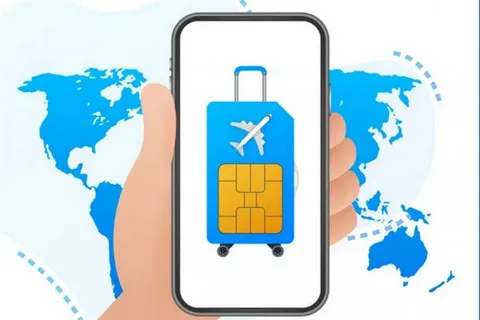A welcome SMS is frequently the first message a subscriber receives when they arrive in a foreign nation. This message is crucial in determining how the user views the roaming experience, even if it could appear to be a straightforward welcome and rate notification. Delivering that message in the subscriber’s chosen language is not only a politeness in an era of various user bases and international travel; it is a strategic benefit.
The Significance of Language in Roaming
One of the most potent means of communication is language. Confusion or worry might be sparked right away by a welcome SMS in a foreign language, particularly if it contains complicated pricing, roaming regulations, or emergency information. Even worse, it may deter the user from using roaming services altogether. A clear, localised message, on the other hand, fosters trust, enhances understanding, and raises the possibility that the user will choose to use the available data packages or services.
Current Practices in the Industry
The majority of mobile providers deliver welcome SMS messages in one of two ways to satisfy fundamental regulatory requirements:
- The visiting network’s native tongue, or
- A worldwide language that is extensively used, like English
- Basic communication is guaranteed by this method, but the user experience is not personalised. For instance, a Korean traveller to Italy would get a notice in either Italian or English, neither of which would seem obvious or natural.
The Argument in Favour of Customisation
Mobile customers of today are used to personalised services, such as AI-recommended goods and customised playlists. Nowadays, roaming is expected to be personalised, particularly for regular travellers.
Operators can use multilingual welcome SMS messages to:
- Make roaming terms and offers clearer.
- Encourage brand loyalty by honouring user choice.
- Cut down on complaints or bill shock brought on by unclear pricing.
- Promote the usage of roaming packages and value-added services by more individuals.
To put it briefly, language customisation involves conversion as much as clarity.
Technical Points to Remember
- Language choices of subscribers, either saved in the user profile or the HLR/HSS
- Templates for dynamic messages that change according to language and location
- Support for character sets (such as Arabic, Cyrillic, and Mandarin) in encoding
- As soon as the network is registered, the message will reach on time thanks to intelligent routing and delivery timing.
- Context-aware delivery, in which material is modified according to the time of day, city, or device type recognised, is another feature of
- advanced messaging services.
Cultural and Regulatory Variations
Additionally, operators need to weigh personalisation against:
- Local telecom laws pertaining to transparency and content
- Cultural sensitivity, making sure that communications are pertinent and suitable
- Opt-out choices, particularly in areas where stringent communications consent regulations are in place
- When implemented properly, multilingual messaging enhances user experience and increases compliance.
Conclusion: Language serves as a help rather than a barrier in the contemporary mobile ecosystem. Providing multilingual welcome SMS messages demonstrates to users that their cell operator respects and understands their choices, regardless of their location. It’s an opportunity for operators to transform a standard network message into a moment of clarity, connection, and patronage. Roaming will become more individualised in the future, not simply quicker or less expensive.
